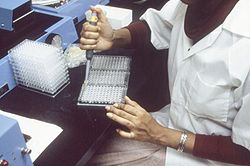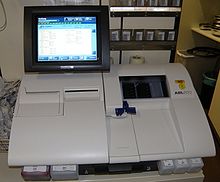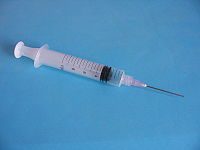General Toxicology
 | About toxicologyToxicology is the study of harmful effects to living things from substances which are foreign to them. The toxins may be naturally occurring in the environment or synthetic chemicals. Toxicity can be generally broken down into two categories: acute toxicity refers to the fast development of symptoms/effects after the intake of fairly high doses of the toxicant. Acute toxicity refers to immediate harmful effects started by sufficiently large doses. chronic toxicity refers to the harmful effects of long-term exposure to low doses of toxicant. This would include traces of pesticides in foods, air pollution, and so on. |
Toxicology Milestones ~
(1135-1204) Moses maimonides a jewish philosopher & physician wrote about poisons and their antidotes
(1275) Ether discoverd by spanishchemist raymundus lullius.
(1452-1519) Leonerdo de vinci experimented with bio accumulation of poisons in animals.
(1673-1754) Richard Meade wrote A Mechcanical Account Of Poisons a book about poison snakes animals and plants.
(1707-1915) Pierre Ordinaire created elixir using absinthe which was banned in 1915.
(1915) German chemist developed cyanide and chlorine gas.
(1975) First modern toxicology text book.

Tools Of The Trade:
Laboratory Apparatus ~ Chromatography. One of the basic modern "chemical examination" of body fluids and viscera
~ Gas phy or Gas Liquid Chromatography
~ Setup for Radioimmunoassay or RIA .previously it was widely used to detect various things in bold fluids like proteins (natural, infective, those produced by the body in reaction to disease, cancer related), tumor markers, hormones, viruses (hepatitis, HIV, etc), etc.
~ Setup for Enzyme linked immunosorbant assay (ELISA). presently it is widely used to detect various things in bold fluids like proteins (natural, infective, those produced by the body in reaction to disease, cancer related), tumor markers, hormones, viruses (hepatitis, HIV, etc), etc. It has replaced RIA
Instruments used in Internal medicine ~ Syringe and needles. Aspiration and collection of blood for chemical analysis; administration of medicines.
~ Blood gas analyzer. Used to analyze and quantify the amount of various toxic gases within blood like Carbon monoxide


Example Of a Case Where Toxicology where it solved the case :
Mass Poisoning
No one at the Gustaf Adolph Lutheran Church in New Sweden,
On Monday, Walter Reid Morrill, 78, died. He’d been a longtime member of the church and had often served as a caretaker and usher. Laboratory tests conducted on the coffee by the Maine Bureau of Health and a private lab in
The others who were ill were fortunate. After the September 11 terrorism incident, officials had used federal antibioterrorism grants to stockpile arsenic antidotes in Portland,
URL :
book : THE ILLUSTRATED GUIDE TO FORENSICS True crime scene investigations